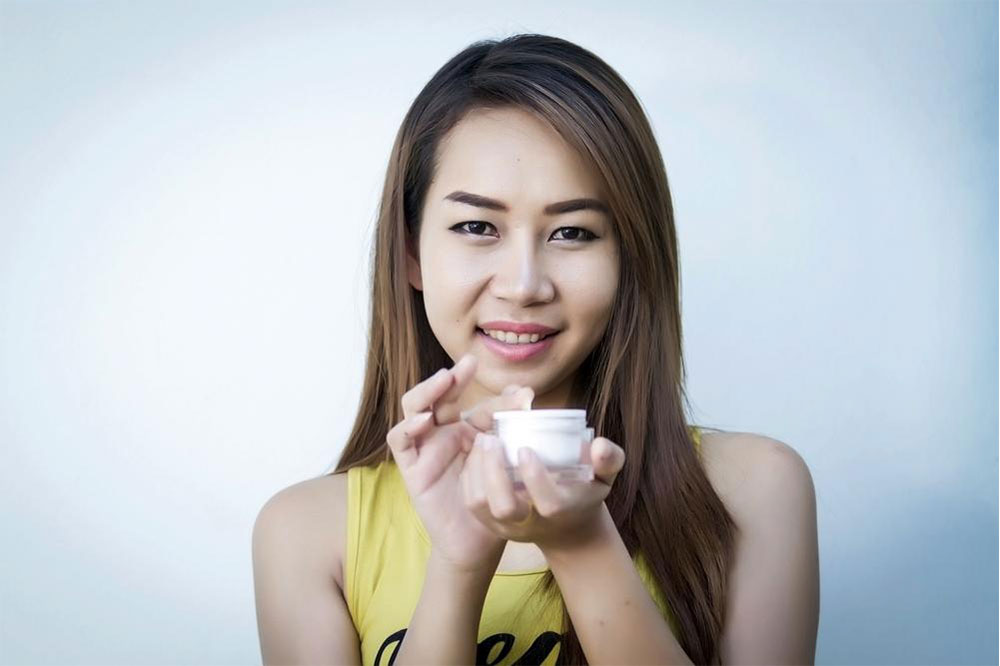
Managing Dyspareunia and its Symptoms During Menopause
As women go through menopause, they start to experience a plethora of changes, mentally and physically. Dyspareunia is one such condition, which is painful intercourse during menopause. Though it is quite common among women during menopause or women older than 50, this health condition is temporary and can be prevented and managed. The hormonal changes during this phase are extreme and, with dwindling estrogen levels, intercourse becomes extremely challenging.
With a few precautions and lifestyle changes listed below, dyspareunia in menopause can be managed.
1. Use lubricants
As when you plan to have an intimate moment, lubricant must be used and in case of atrophic vaginitis, do seek help from the doctor. Topical estrogen is widely recommended to reduce the pain in the concerned area. It is always advisable to seek professional advice to get the best lubricant that promises safety. Look for medicated vaginal creams with prescription that would increase the estrogen levels.
2. Estrogen tablets
Certain oral estrogen tablets can also be considered. You could also look for oral estrogen pills to treat dryness and hot flashes during menopause. This must be prescribed by the doctor and should not be continued for a longer period.
3. Staying active
Having intimate relations can also reduce the chances of dyspareunia in menopause. This would eventually help in increasing blood flow to the vagina. Take extra precautions while having intercourse to avoid worsening this condition. Ensure that you don’t engage in deep intercourse as this could worsen the pain.
4. Loose clothing and proper hygiene
It’s always advisable to wear loose-fitting clothes and ensure proper hygiene. This calls for maintaining cleanliness and taking proper baths and washing the intimate parts.
Also, use water-based vaginal moisturizers every 2-3 days to keep the vagina free from pain, tearing, and itching
5. Exercise
Consider exercising daily. This will help deal with pain, hot flashes, and sleep issues associated with dyspareunia in menopause. You could try Kegel exercises to strengthen your pelvic muscles.
6. Diet
Add more omega-3s to your overall diet. You must include vegetables, fruits, whole grains, fiber, and unrefined carbohydrates to your diet. Loads of calcium and vitamin D-enriched foods must be a part of the diet as well. Keep yourself well hydrated to maintain moisture in the body.
7. Psychological help
Considering that sometimes dyspareunia in menopause can be superficial, do take psychological help to reduce the associated symptoms. You could resort to meditation, yoga, deep breathing techniques to help regain your mental strength.
8. Avoid the heat
Avoid extreme hot temperatures and maintain a cool environment to minimize hot flashes and pains associated with it.



